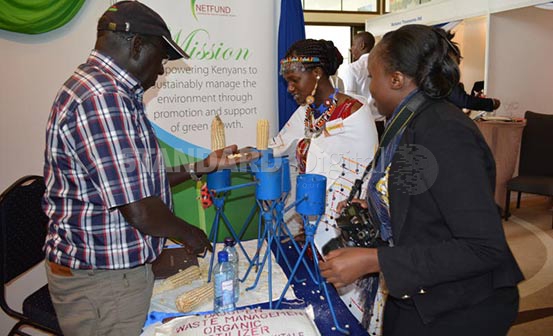×
The Standard e-Paper
Informed Minds Prefer The Standard

Harvesting is undoubtedly the final joyful step as you reap benefits of hard work. But, for some crops like maize, the tedious task of manually shelling the cobs can quickly dilute that joy, especially for small scale farmers who cannot afford a tractor-powered shelling machine.
The International Maize and Wheat Improvement Centre (CIMMYT) reports that this is a common problem in Kenya, with 75 per cent of small scale farmers removing the grains from the cobs by hand.